Synopsis – This article highlights which Indian states hold the highest gold reserves and contribute most to the country’s wealth. The article mention the top 10 gold-rich states driving India’s bullion strength.
India has a long-standing connection to gold that extends beyond decoration, encompassing elements of social, economic, and strategic significance. It is a major consumer of gold but also has significant gold reserves in several major states.
An overview of Gold Reserves in India
- Total Gold Reserves: The Ministry of Mines and the Geological Survey of India (GSI) have estimated that the country’s gold reserves in ore deposits exceed 120 million tonnes, which is host to approximately 759 tonnes of primary gold metal.
- Gold Production Belts: There are two major, historic, and active gold belts in India – the Kolar Gold Fields (Karnataka), Hutti and Maski (Raichur, Karnataka), and the Ramgiri belt in Andhra Pradesh. In addition, there is the Sonbhadra Gold Belt in Uttar Pradesh.
- Production Distribution: Karnataka accounts for about 80% of total gold production in India, AP accounts for approximately 10%, and Jharkhand accounts for around 5-7%. Other states also host gold reserves but have no active gold extraction.
- Recent Updates: The Geological Survey of India has identified three additional gold mineralized zones – one in Odisha (Deogarh, Keonjhar, Mayurbhanj) and Bihar (Jamui).
Top 10 Indian States with the Largest Gold Reserves
1. Bihar – Repository of the Eastern Indian Gold
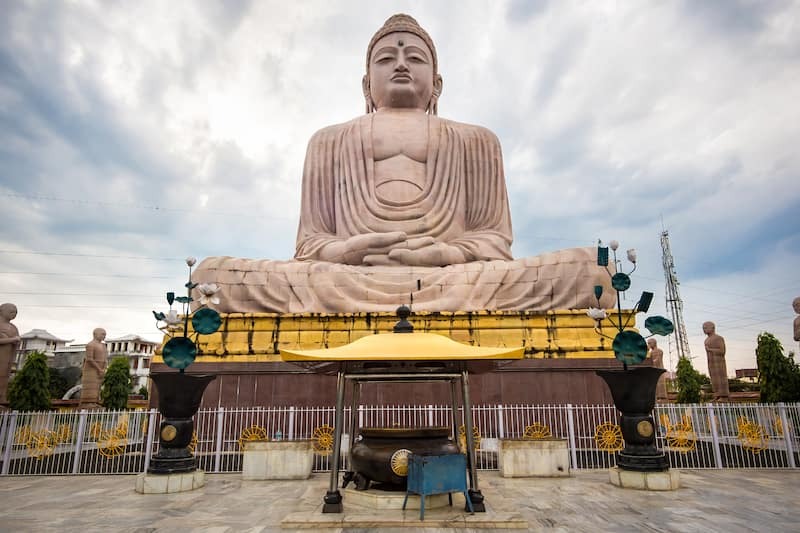
- Reserves: Ironically the Jamui district has nearly 44% of the country’s gold ore resources (222.8 million tonnes of ore).
- Status: Currently non-commercial basis (yet to be in commercial mine stage status).
- Potential: I hope I will take the baton for the next phase of gold mining initiatives to realize under recently edited Foreign Direct Investment policy.
2. Rajasthan – Deposits yet to Shine
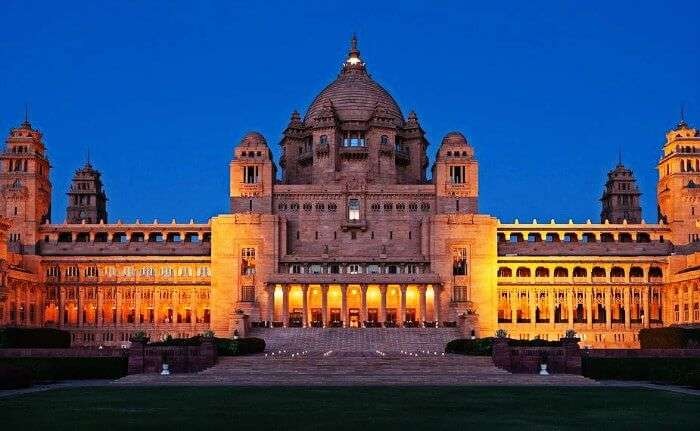
- Reserves: Holds about 25% of the country’s total gold ore reserves 125.9 million tonnes.
- Noteworthy Mines: Bhukia-Jagpura Gold Belt spanning across Banswara and Udaipur districts
- Status: Again production is yet to become significant despite release of exploration by the state even though explorations did happen in the past by the GSI and MECL, so future partnerships are likely.
3. Karnataka – Continues to be the Gold Champion

- Share: 21-22% of India’s gold reserves
- Reserves: More than 103 million tonnes of ore, with annual production of approximately 1,550 kg.
- Noteworthy Mines: Hutti Gold Mine (Raichur); Uti Mine; Historic Kolar Gold Fields.
- Interesting Fact: Hutti is one of the oldest mines in the world and exploration continues in Gadag and Haveri to find more resources.
4. Andhra Pradesh – Rising up the Gold Map
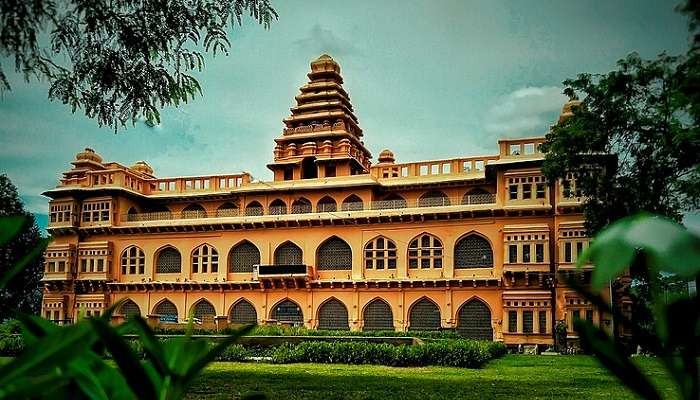
- Reserves: Approximately 5.3 tonnes of primary gold present in 15.7 million tonnes of ore.
- Share: 2-3% of India’s gold reserves
- Key Belts: Ramgiri Gold Field (Anantapur), Bisanatham and Palakonda.
- Production: Approximately 726 kg in yearly output.
5. Uttar Pradesh
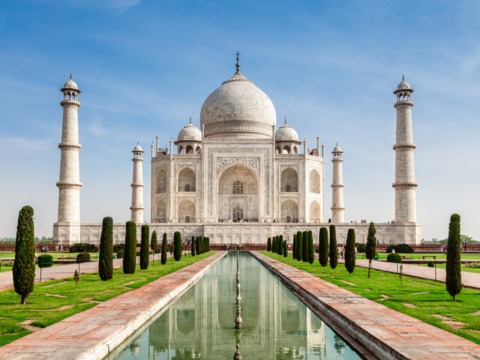
- Share: 2-3% of India’s gold ore resources
- Reserves: 13 million tonnes
- Noteworthy Mines: Sonbhadra Gold Belt in the southeastern region
- Interesting Fact: Uttar Pradesh’s gold deposits are relatively newly discovered, with ongoing geological surveys revealing increasing potential in the Vindhyan and Bundelkhand geological formations.
Also read: Top 7 Emerging Commercial Hotspots in Bengaluru’s Peripheral Areas; See Where to Invest
6. West Bengal
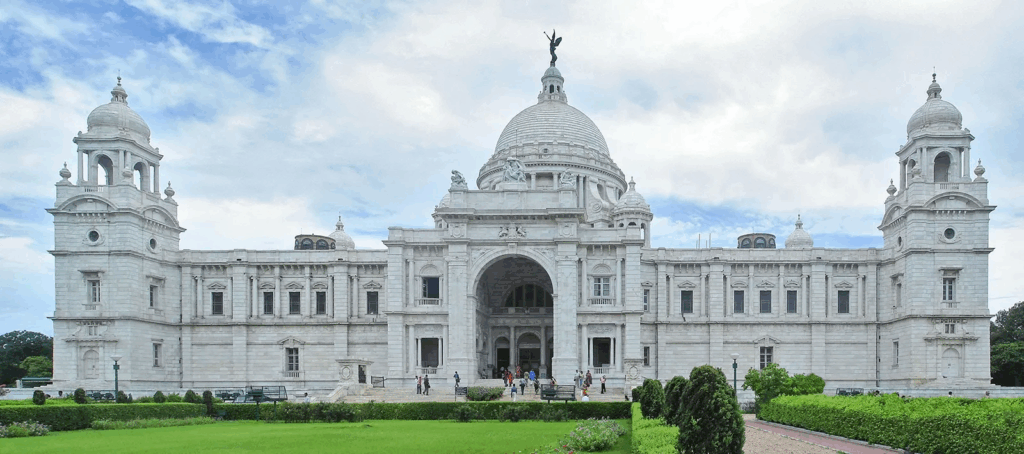
- Share: Approximately 3% of India’s gold reserves
- Reserves: 12 million tonnes
- Noteworthy Mines: Sonapata Gold Belt with significant alluvial deposits
- Interesting Fact: West Bengal’s gold is primarily found in alluvial deposits along river systems, representing a different geological formation compared to the hard rock deposits found in other major gold-bearing states.
7. Jharkhand
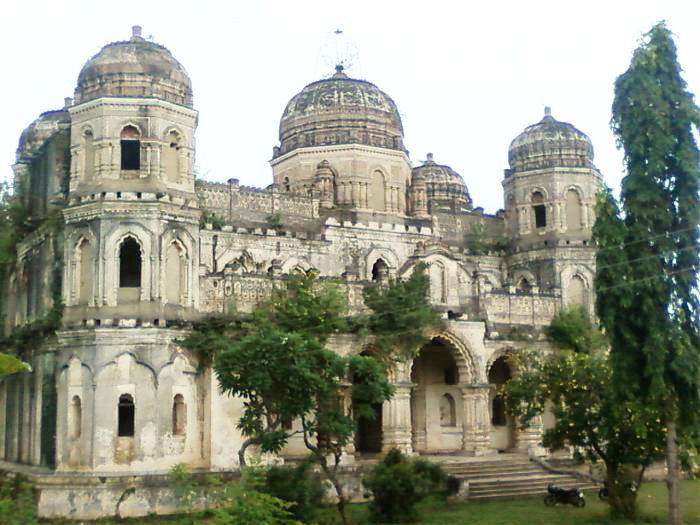
- Share: Around 2% of India’s gold reserves
- Reserves: 10.08 million tonnes
- Noteworthy Mines: Kunderkocha Gold Mines and deposits in the Singhbhum Shear Zone
- Interesting Fact: Jharkhand’s gold deposits are located in one of India’s oldest geological formations, the Singhbhum Craton, which contains some of the most ancient rocks on Earth dating back over 3 billion years.
8. Madhya Pradesh: Exploration Hub (Stable)
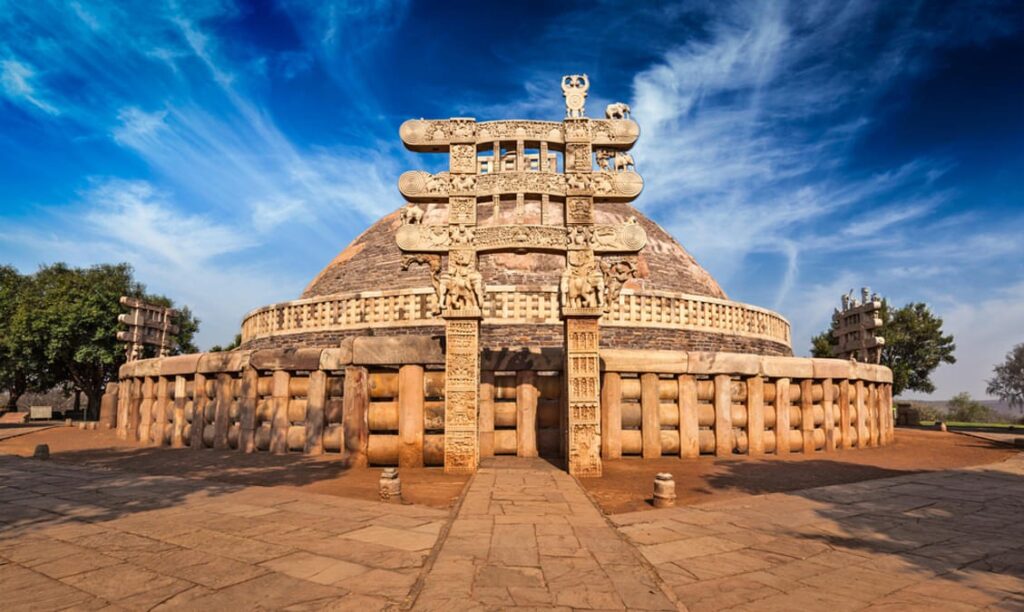
- Share: Approximately 2% of India’s gold ore reserves
- Reserve: Significant unmined ore base of almost 7.9 million tonnes has been identified.
- Key Areas: The Sonakhan Belt (Balaghat–Chhindwara region) and Betul district.
- Interesting Fact: Madhya Pradesh recently discovered significant gold deposits worth an estimated ₹12 lakh crore, making it one of the most promising emerging gold regions in India with active government-backed exploration programs.
9. Chhattisgarh
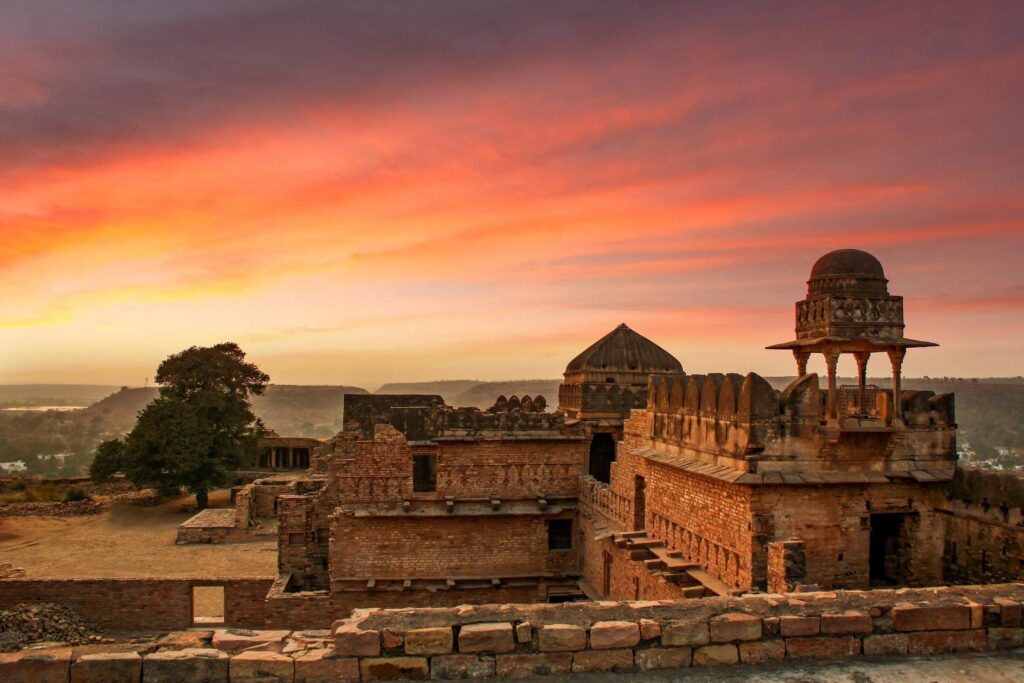
- Share: Around 1% of India’s gold reserves
- Reserves: 4.8 million tonnes
- Noteworthy Mines: Balod Gold Reserves and scattered deposits across the mineral-rich Bastar region
- Interesting Fact: Chhattisgarh is implementing eco-friendly mining practices and is emerging as a model state for sustainable gold extraction techniques while preserving its dense forest cover.
10. Maharashtra
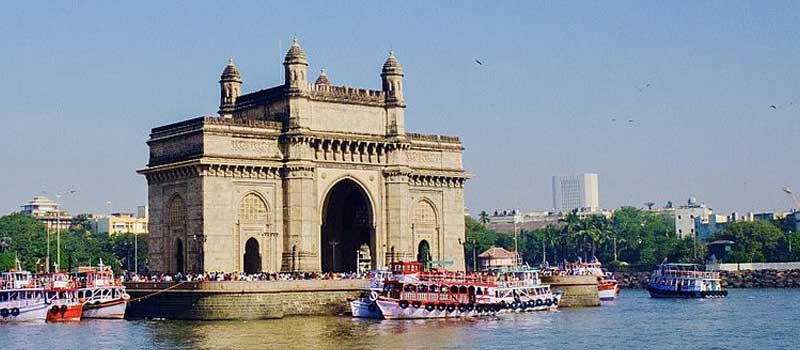
- Share: Less than 1% of India’s gold reserves
- Reserves: 1.6 million tonnes
- Noteworthy Mines: Gadchiroli Gold Deposits in the eastern tribal belt
- Interesting Fact: Maharashtra’s gold deposits are located in the same geological belt that extends into Chhattisgarh and Odisha, representing part of the larger Central Indian gold province that is still being actively explored.
Economic Value and Future Policy Directions
- Reduced Import Dependancy: Currently less than 1% of India’s annual demand for gold is met by domestic mined gold; more exploration to locate domestic resources could greatly reduce annual imports, currently greater than 700-800 tonnes per year.
- Employment Generation: Each mine in operation generates an average of 1,500 to 3,000 jobs, which benefits financially disadvantaged local economies where the mines are located.
- Revenue Generation: Gold mining generates royalties to the state and the potential exists for excise for mined gold sent out of the country.
- Government Initiatives: The National Mineral Exploration Policy (NMEP) and the promotion of 50% FDI into mining will help speed up inflows of investment into mining exploration if the right protocols are put into place.
- Digital: The Indian Bureau of Mines has implemented GIS and digitized mapping systems to enhance and facilitate mine clearances, monitoring and inspections.
Challenges and Sustainability Issues
- Limited Supply: While inventory is significant, the total production currently stands at less than two tones per year.
- Environmental Challenges: Deforestation, groundwater contamination, and waste management are major concerns surrounding the gold mining space.
- Technology Gap: The majority of mines are still relying on outdated metallurgy and extraction techniques.
- Regulatory Burden: Slow and uncooperative mine leasing, full environmental clearances, and local opposition slows development.
- Sustainability Requirement: The transition to green mining, reusing tailings and introducing rehabilitation projects are necessary to reduce the ecological footprint.
Concluding Thoughts
India’s golden geography holds untapped treasure beneath its surface. It’s essential that innovation, regulatory transparency, and responsible mining can partially restore economic prosperity while respecting India’s longstanding cultural esteem for gold.
Written By Rachna Rajput


